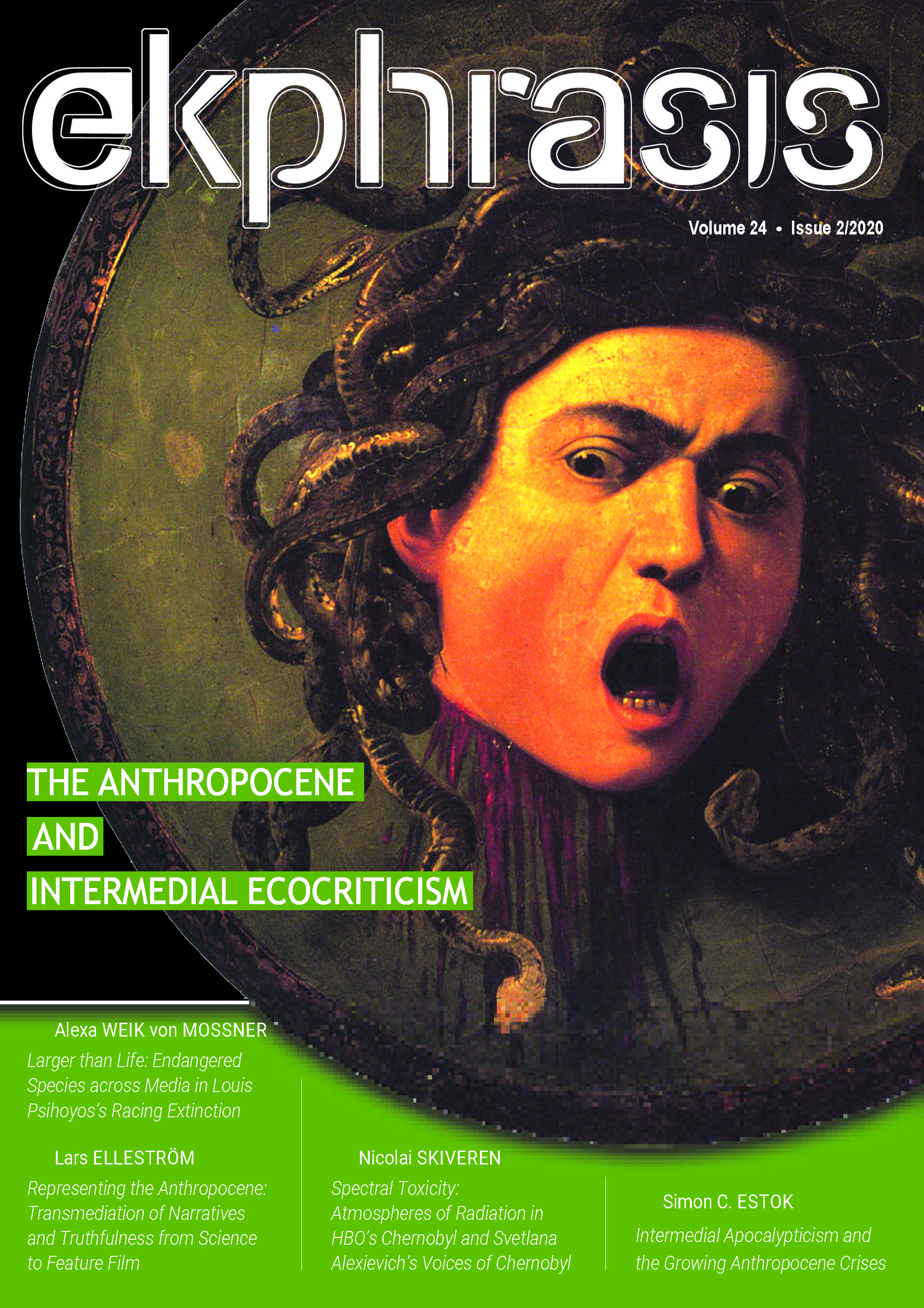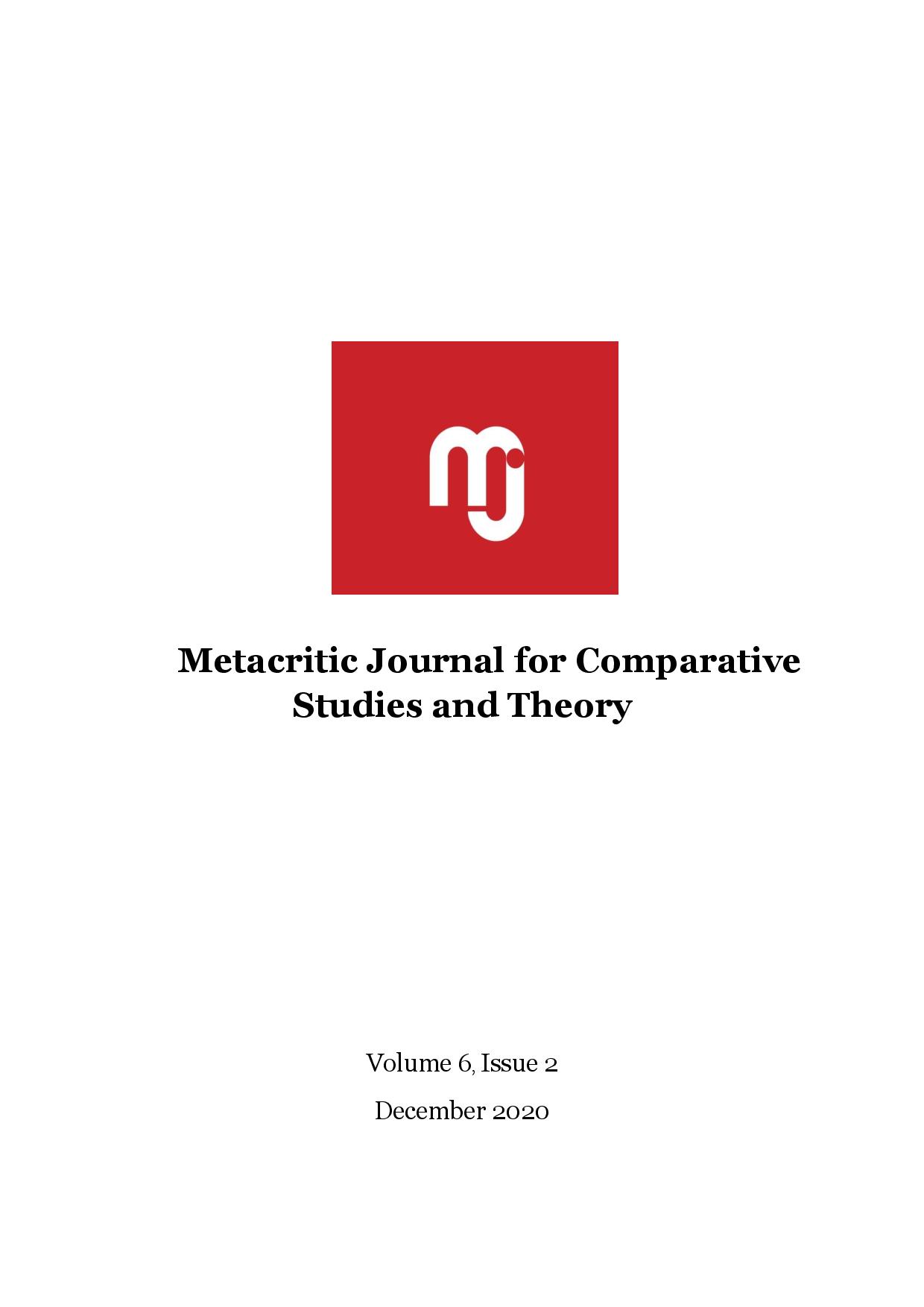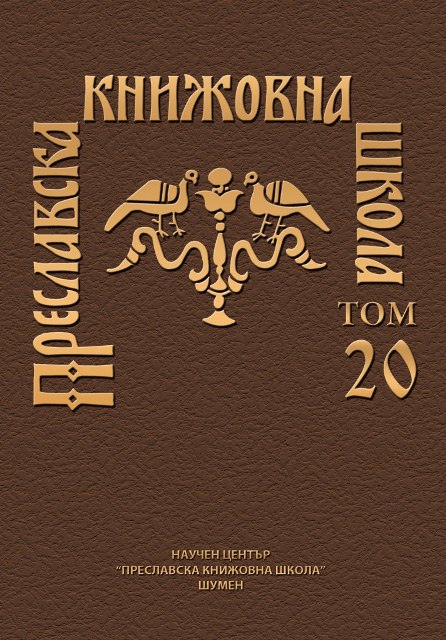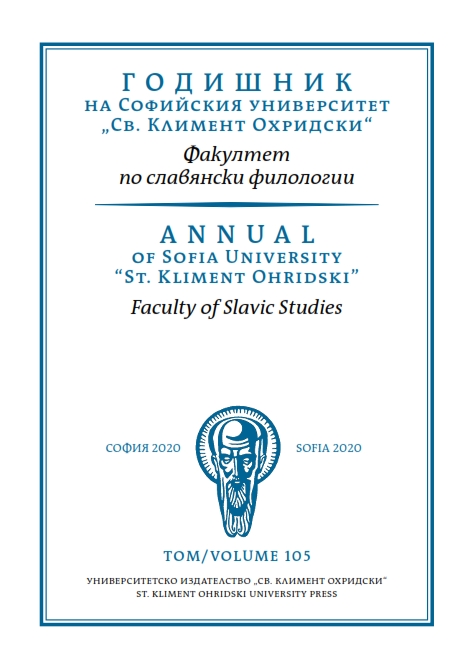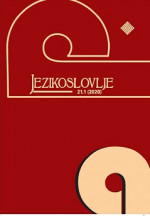
Hrvatski naglasni sustav između deskriptivnoga i preskriptivnoga pristupa
The paper describes different systems of accentuation with a special emphasis on two dictionaries, viz. Školski rječnik hrvatskoga jezika and Hrvatski mrežni rječnik – Mrežnik. It focuses on four issues: 1. the approach to accentuation rules of the standard language in language manuals, 2. the question of the usage norm with an overview on the inventory of accents and the dialectological picture, 3. the normative hierarchy in the accentuation norm, and 4. examples of accentuated forms from these two dictionaries.
More...

